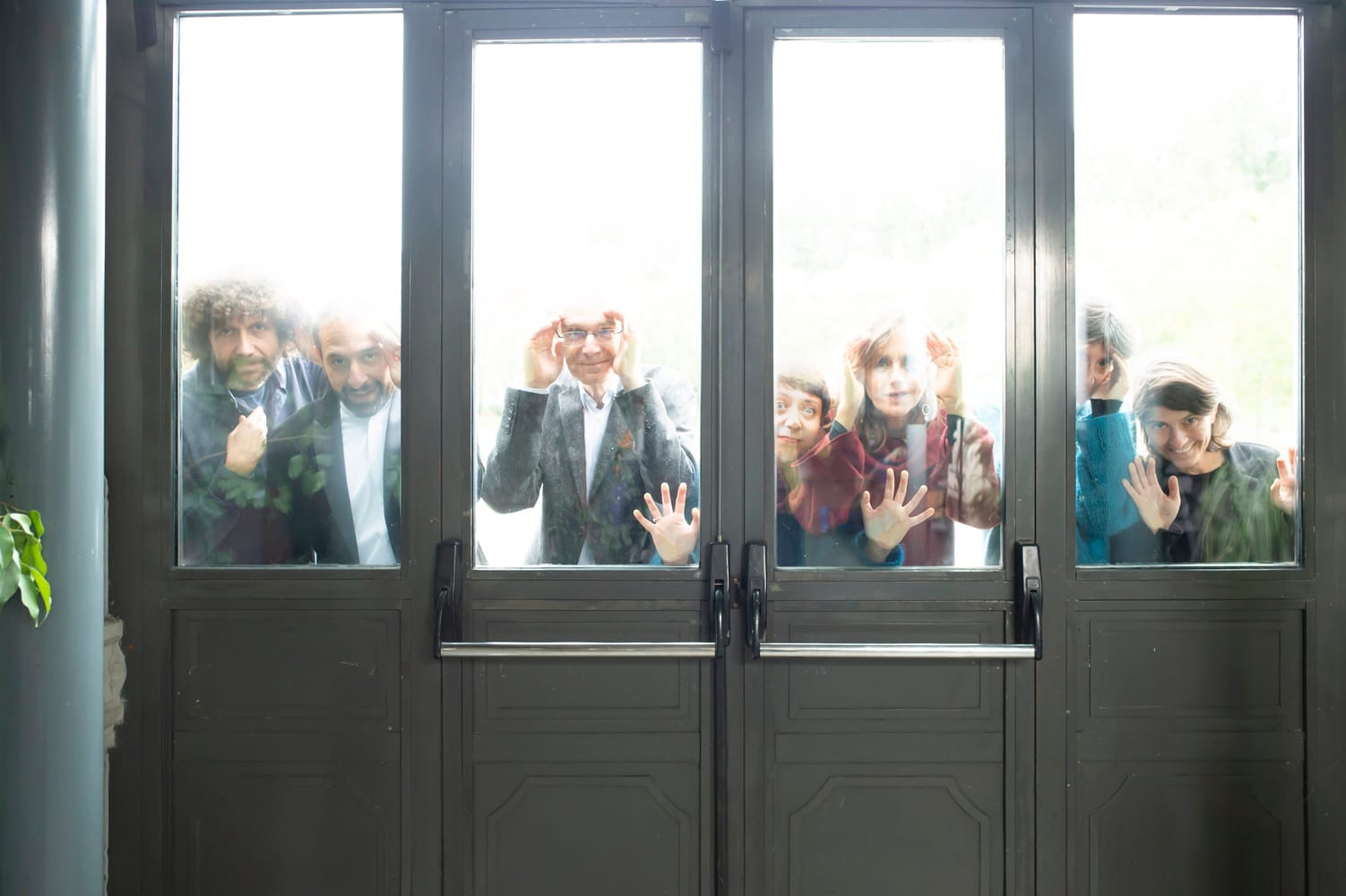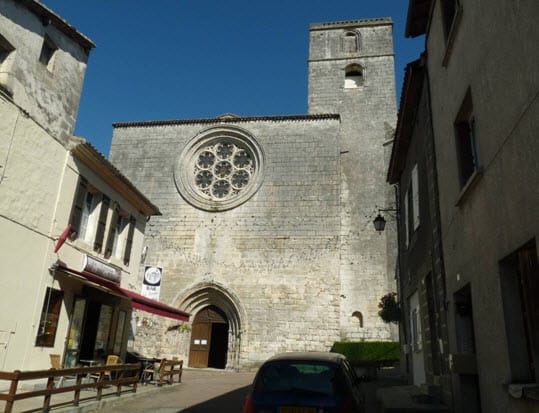Itinéraire Baroque 2: Handel and his Contemporaries
A perfect way to start to a very musical day

Itinéraire Baroque en Périgord 2025 (2): La Roche Baroque (1): Handel and his Contemporaries La Risonanza. 12 noon, Église Saint Théodore de la Rochebeaucourt, Périgord, France, 01.08.2025
Michel Correte Organ Concerto in F, Op. 25/6.
Handel Cantata, Tu fedel? Tu costante?, HWV 171. Organ Concerto, Op. 4/1 / HWV 289
Giuseppe Sammartini Cessò, pastori.
It was lovely to encounter La Risonanza as part of this year’s festival: they are familiar from a variety of Baroque-oriented labels, including (particularly) Glossa, and Challenge Classics. The church here, Église Saint Théodore de la Rochebeaucourt, was a former priory in Gothic style with a particularly nice rose window.

This was lovely lunchtime fare. The programme order was shuffled around: we were to have heard Handel first, but it was Michel Corrette (1707-1995) that opened the concert in the bright key of F-Major. On this occasion, La Risonanza comprised Emilia Bertolini, soprano; Ryo Terakado, Joanna Dobrowolska, violins; Ayako Matsunaga, violin/viola; Caterina Dell’Agnello cello, Guisella Massa, double-bass, and Fabio Bonizzoni, organ, harpsichord, and director. Corrette is often associated with Rococo chamber music. The acoustic allowed for much more detail than the previous night’s event; and one can see why Corette himself mentioned Handel by name in relation to his concertos. The organ sparkles in the opening Allegro; the central Andante is marked ‘Aria,’ and is a set of variations. The theme is pastoral, with a sort of deconstructed drone as accompaniment. It is absolutely delightful, and La Risonanza’s performance was charming; the finale is an Allegro again, but with an undercurrent of the stately.
Handel’s early cantata for soprano, strings and basso continuo, Tu fedel? Tu costante?, found Emilia Bertolini exploring the ‘given topic’ of constancy, her high notes positively flying in the initial recitative. The opening to the aria, ‘Cento belle ami, Fileno,’ could not be from any other composer’s feather pen than Handel’s. Bertolini’s agility and freedom of voice was almost as impressive as the voice/instrument dialogue. In full garb, one might expect an oboe and bassoon in the mix, but no matter, there as drama plenty to ‘L’occhio nero’ (recitatives are just as gripping as arias, La Risonanza seemed to tell us) before the deliciously angular lines of ‘Se Licori, Filli ed io’ brought infectious tread, the repeated notes vibrating with life. One moment of approximate ensemble hardly mattered; it was the way La Risonanza honoured Handel’s harmonic darkenings that made this performance. The final ‘Sì, crudel, ti lascierò' was stately and dignified; the lighter (and preceding) ‘Se non ti piace amarmi’ was what formed the concert’s later encore, however. Living proof of the eternal mastery of Handel, surely along with Telemann the true giant of the Baroque (J.S. who?).
More Handel, but now an Organ Concerto. Handel’s concertos were often used as interludes in his oratorios (and are sometimes heard as such today); Walsh published the set of six that is Op. 4 in 1738. This one, in G minor, was performed originally at the first performance of Alexander’s Feast (one of Handel’s truly great pieces). Fabio Bonizzoni’s articulation in the second movement Allegro was a delight, while the Adagio gave space for reflection, prior to an Andante finale that contained just the right momentum to satisfy.
Giuseppe Sammartini (1695-1750, not to be confused with Giovanni) was also influenced by Handel. Although hailing from Milan, like Handel, he had a presence in London. Including Sammartini here in close proximity to he great man is a good idea, as one can track how inherited Handelisms are taken for a walk in the direction of Classical grounds. Sammartini cantatas are rare on the ground (there is a Naxos recording of two sacred cantatas: see Johan van Veen’s Musicweb International review, which interestingly concentrates on Sammarini’s own influence on Haydn). It is clear Fabio Bonizzoni has an affinity and affection for Giuseppe Sammartini (as he has recorded Giuseppe’s complete Op. 9 Concertos for organ: and a very fine recording it is, too). One hopes the present cantata gains currency, too: the first aria, ‘Più non sento intorno al core', boasts a magnificently heartfelt melody, wonderfully sung here by Bertolini. This aria is special indeed, boasting a magical slow descending soprano line. The piece does make considerable demands in terms of the singer’s range, all easily embraced here. Contrasts in the aria ‘Lungi da te cor mio’ were beautifully realised. A real treat.
A perfect way to start to a very musical day.
A small postscriptum, if I may: Giuseppe Sammartini's full list of first names is rather longer than usual, and includes all three of the Biblical wise men: Giuseppe Francesco Gaspare Melchiorre Baldassare Sammartini.
